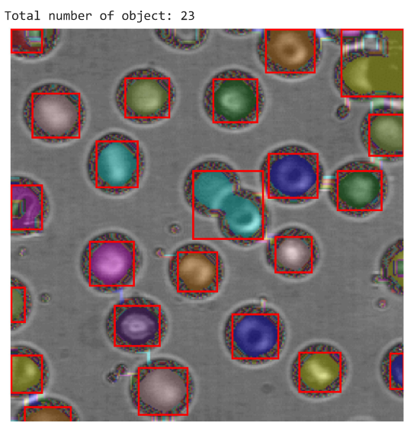Computer Vision for Automated Counting
Project Overview
This project explores computer vision approaches to automate counting tasks that traditionally require manual effort. I developed systems for two distinct counting challenges: identifying blood cells in microscopic images and counting bottles in crates regardless of their orientation.
Key Challenges Addressed
- Complex Orientation Detection: Developed algorithms that accurately identify and count bottles in various positions (upright, laying down, or flipped), solving a key challenge in inventory management systems
- Object Segmentation: Implemented morphological image processing to separate touching or overlapping objects
- Feature Extraction: Created robust feature extraction methods that work across varying lighting conditions and image qualities
- Practical Application: Designed solutions with real-world industrial and laboratory applications in mind
Interdisciplinary Value
This work demonstrates how computer vision can automate tedious counting tasks across different domains - from medical laboratories to manufacturing facilities. The project required understanding domain-specific challenges in multiple fields to create effective solutions.
Approach
Rather than relying solely on deep learning, these projects explored how traditional computer vision techniques can be optimized for specific counting tasks. This approach offers advantages in computational efficiency and explainability, making the solutions accessible in resource-constrained environments.
Technologies Used
- Python with OpenCV for image processing
- Morphological operations (erosion, dilation, watershed)
- Edge detection and contour analysis
- Object classification based on geometric features
